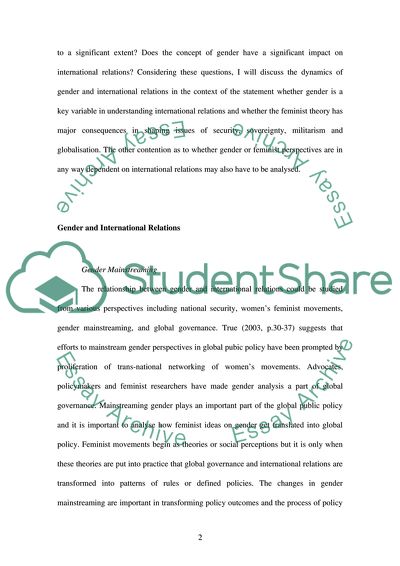Cite this document
(Gender as a Key Variable in International Relations Dissertation, n.d.)
Gender as a Key Variable in International Relations Dissertation. Retrieved from https://studentshare.org/gender-sexual-studies/1703065-discuss-the-claim-that-gender-is-a-key-variable-in-understanding-international-relations
Gender as a Key Variable in International Relations Dissertation. Retrieved from https://studentshare.org/gender-sexual-studies/1703065-discuss-the-claim-that-gender-is-a-key-variable-in-understanding-international-relations
(Gender As a Key Variable in International Relations Dissertation)
Gender As a Key Variable in International Relations Dissertation. https://studentshare.org/gender-sexual-studies/1703065-discuss-the-claim-that-gender-is-a-key-variable-in-understanding-international-relations.
Gender As a Key Variable in International Relations Dissertation. https://studentshare.org/gender-sexual-studies/1703065-discuss-the-claim-that-gender-is-a-key-variable-in-understanding-international-relations.
“Gender As a Key Variable in International Relations Dissertation”, n.d. https://studentshare.org/gender-sexual-studies/1703065-discuss-the-claim-that-gender-is-a-key-variable-in-understanding-international-relations.


